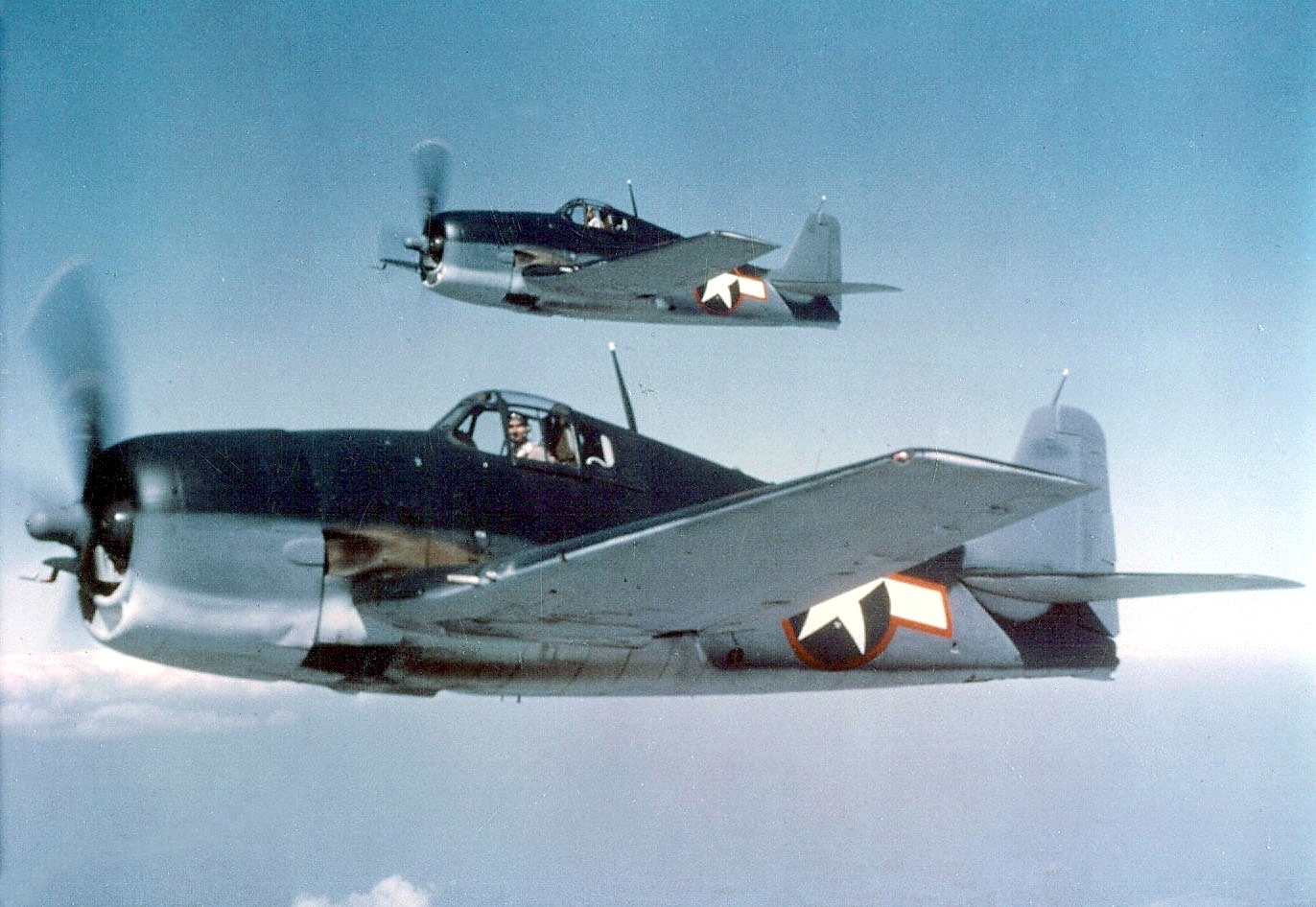Back during the Second World War, the acquisitions cycle was much faster for a variety of reasons - less complicated platforms, less bureaucracy, more money to spend to speed up the process. Still, the times from prototype to initial acquisition to combat readiness were quite remarkable.......
As much as I envy the WWII generation for being able to put an aircraft in the field in that time frame, I think those days have passed. Too many lawyers and too many Congressmen. But I repeat myself. Look what's happened to the AF tanker deal, for goodness' sake.
For all the success and speed that the US had at fielding excellent aircraft at a rapid rate in WWII it was also accompanied by a lot of spectacular failures. Even aircraft that are now considered successes had troubled histories back then, a notable one is the B-29, especially with it's engine problems. The Navy's Helldiver was another aircraft that had a checkered history as well and was not well liked by many of it's crews. And those are the ones that made it to combat, there are plenty that did not.
When you look back at the 'good old days' it is important to look at the whole history, not just the rosy parts. We had plenty of problems and bureaucracy back then too, how do you think Senator Harry Truman became nationally known?



